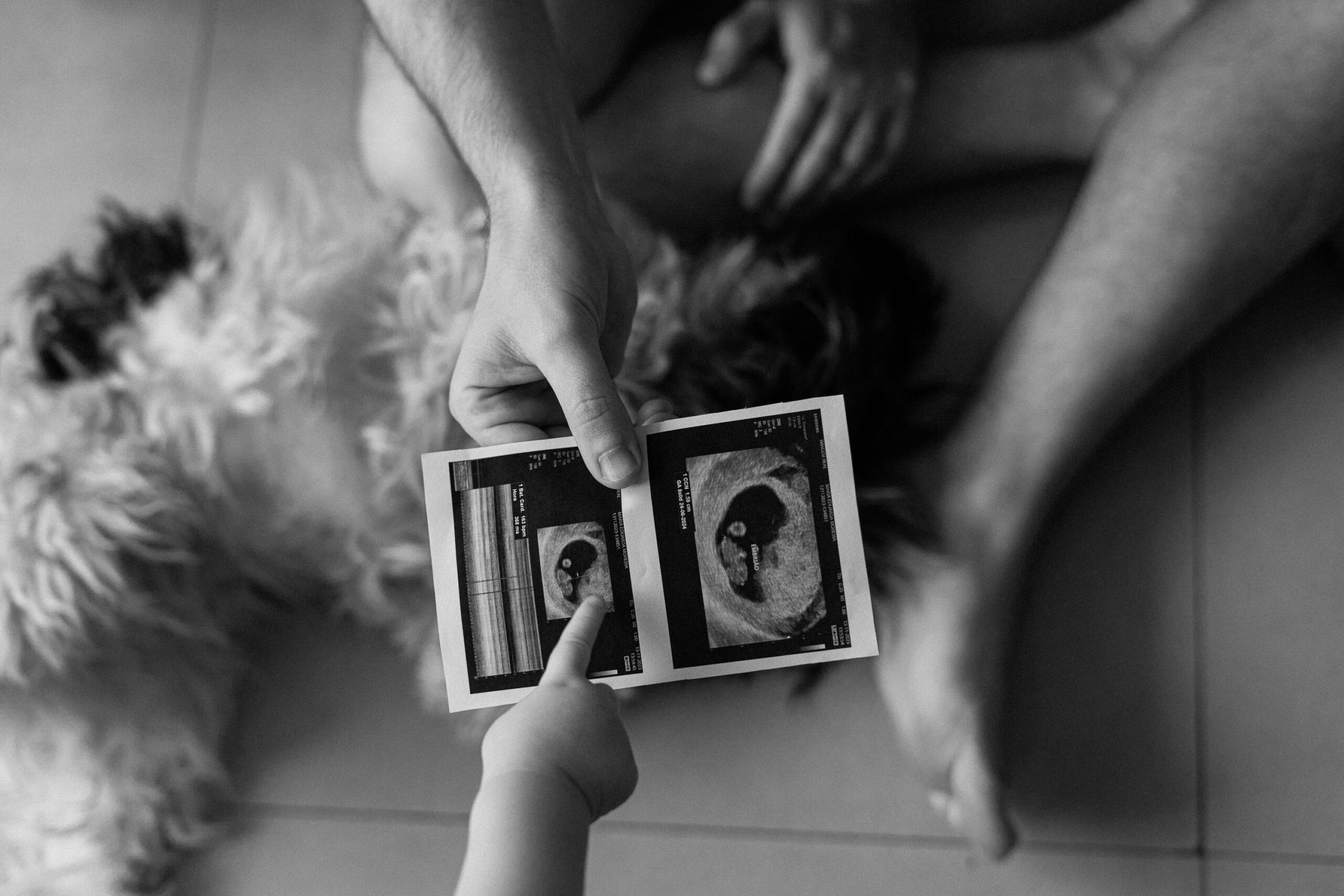In the realm of pediatric interventional radiology (IR), the integration of point-of-care ultrasound (POCUS) is proving to be a transformative advancement, improving diagnostic accuracy, procedural success rates, and patient safety. This convergence of imaging precision and real-time guidance within the pediatric population underscores a monumental shift towards more efficient, less invasive, and highly effective patient care modalities. This article delves into how POCUS is revolutionizing pediatric IR, detailing its applications, benefits, and the forward path it carves in pediatric healthcare.
POCUS: Bridging Technology and Pediatric Care
Point-of-care ultrasound represents a leap in medical imaging, offering real-time, bedside visualization of internal structures without the need for the ionizing radiation of traditional radiographic methods. In pediatric IR, POCUS acts as both a diagnostic tool and a procedural guide, providing clear images of blood vessels, tissues, and organs. This capability is crucial in a pediatric setting, where the smaller anatomy and the heightened sensitivity of patients to ionizing radiation call for precision and safety.
Applications of POCUS in Pediatric IR
Diagnostic Clarity
POCUS offers immediate visual confirmation of various conditions. In cases of pediatric abdominal pain, for instance, it helps in rapidly diagnosing conditions like appendicitis or intussusception. Its dynamic nature allows for the assessment of physiological functions – such as blood flow or organ movement – providing a comprehensive understanding that guides therapeutic decisions.
Procedural Guidance
One of the most significant advantages of POCUS in pediatric IR is its role in guiding procedures. Whether it’s for central venous access, biopsies, drain placements, or interventional therapies, POCUS offers real-time imaging that ensures accurate needle or catheter placement while minimizing risks to adjacent structures. This is particularly vital in the pediatric population, where the margin for error is notably smaller.
Reducing Radiation Exposure
In pediatric patients, the long-term risks associated with ionizing radiation are a significant concern. POCUS eliminates these risks by using sound waves instead of radiation for imaging. This advantage aligns well with the ALARA (As Low As Reasonably Achievable) principle, significantly lowering the cumulative radiation dose a child receives over time.
Advantages of POCUS in Pediatric Care
Enhanced Patient Comfort and Safety
The non-invasive nature of POCUS, coupled with its bedside availability, reduces the need for sedation and the stress associated with moving young patients to and from imaging departments. This convenience and comfort are crucial in pediatric care, where patient cooperation can often influence the success of diagnostic and therapeutic procedures.
Real-time Decision Making
The immediate feedback offered by POCUS enables clinicians to make informed decisions on the spot, significantly shortening the time from diagnosis to treatment. In emergency situations, this can be lifesaving, offering a swift evaluation that leads to prompt, appropriate interventions.
Cost-effectiveness
By streamlining the diagnostic and procedural process, POCUS can contribute to a reduction in healthcare costs. It minimizes the need for multiple imaging sessions and reduces the duration of hospital stays by accelerating decision-making, thereby improving the efficiency of pediatric care.
Challenges and Future Directions
Despite its advantages, widespread adoption of POCUS in pediatric IR faces challenges. Operator dependency and the need for specialized training stand out as significant hurdles. However, ongoing advancements in ultrasound technology, including enhanced image quality and machine portability, as well as broadening educational initiatives, promise to mitigate these challenges.
Looking ahead, the integration of artificial intelligence (AI) with POCUS could further revolutionize pediatric IR. AI algorithms capable of interpreting ultrasound images could reduce operator dependency, while predictive analytics might offer new insights into disease progression and treatment outcomes.
Conclusion
The integration of point-of-care ultrasound into pediatric interventional radiology represents a major leap forward in enhancing patient outcomes. By offering real-time, high-resolution imaging without the risks of ionizing radiation, POCUS improves diagnostic accuracy, procedural success, and overall patient safety. As technology advances and educational initiatives expand, POCUS is set to become an indispensable tool in pediatric IR, ultimately leading to better care for our youngest patients.










